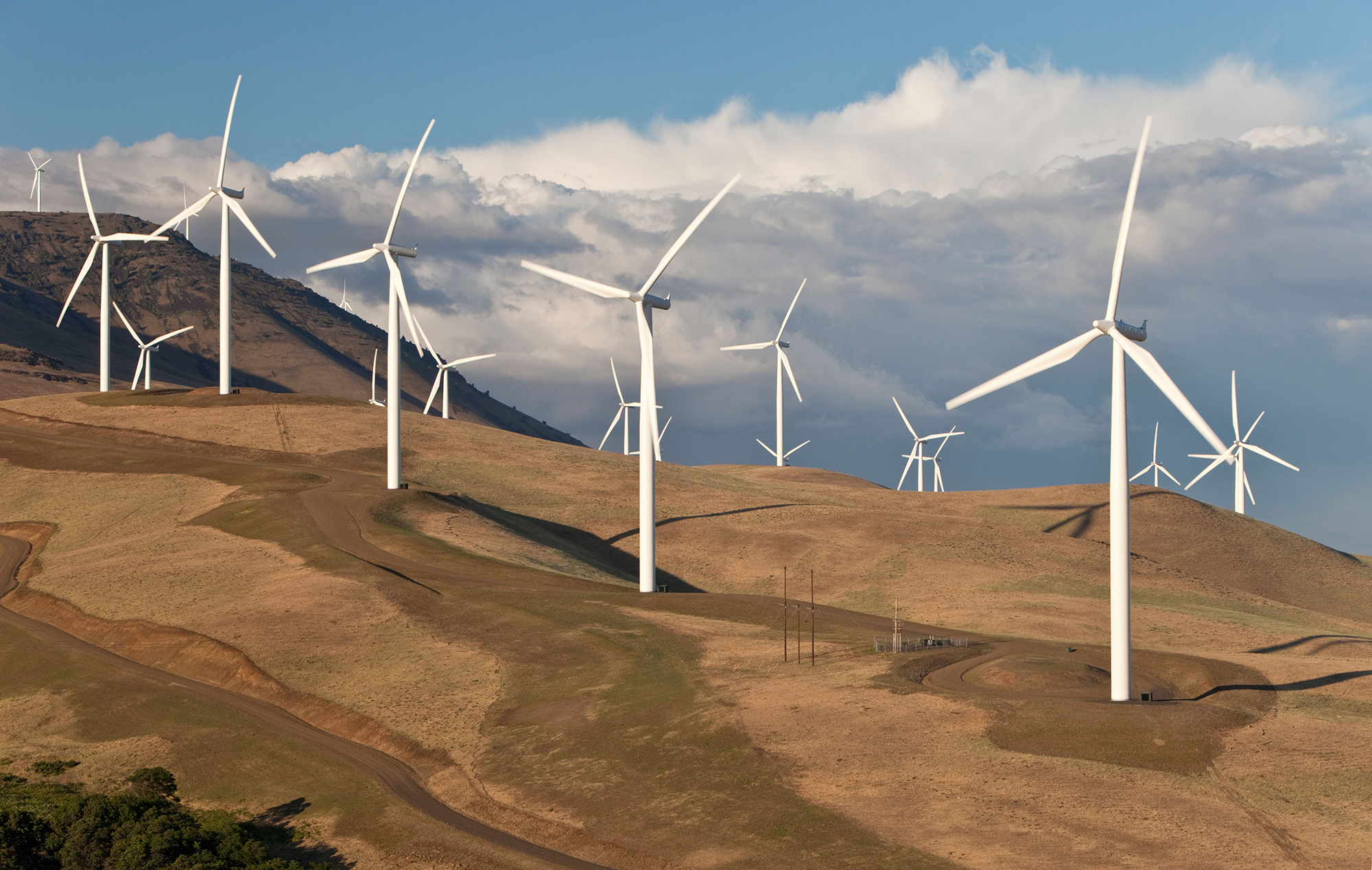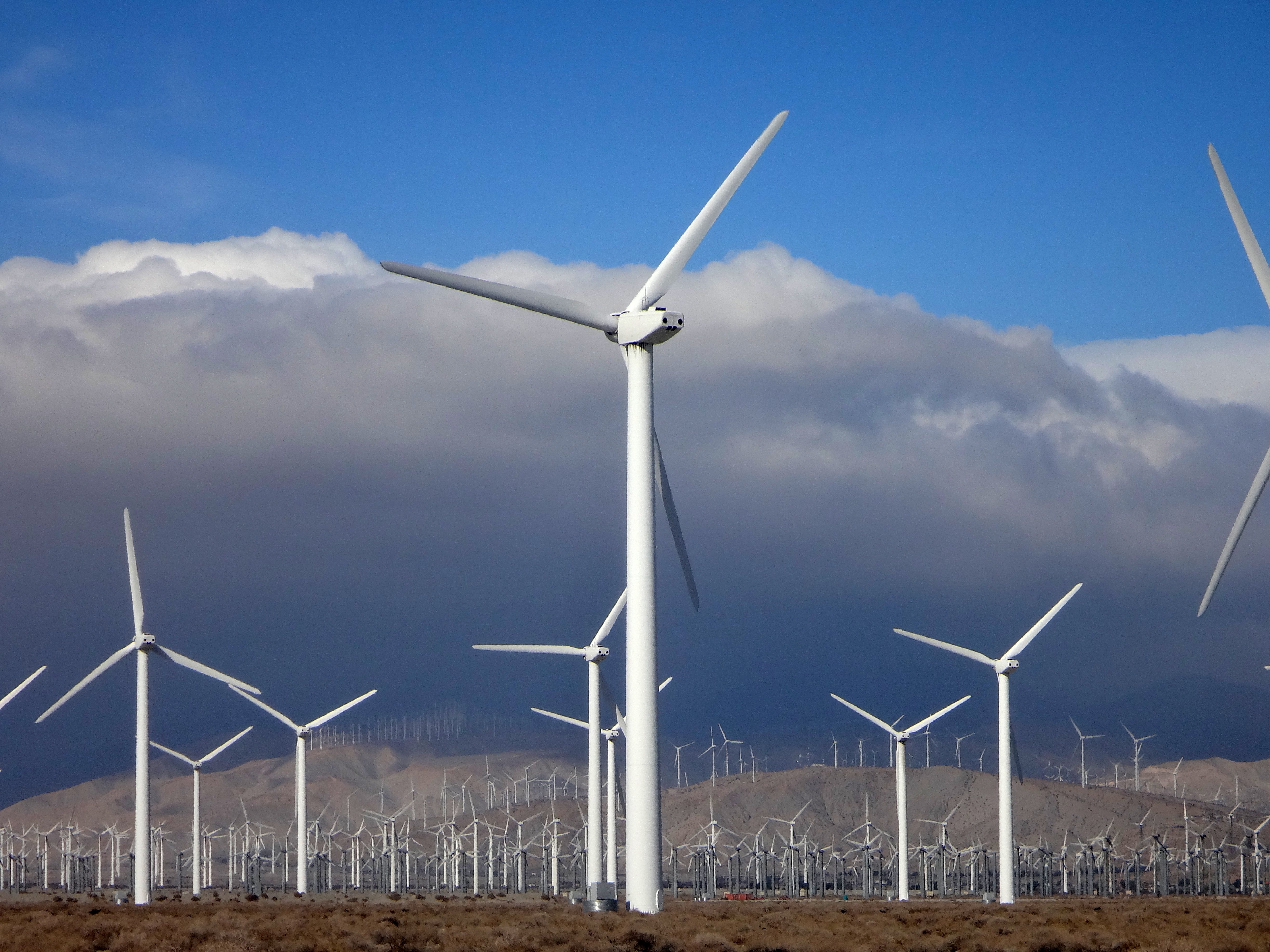
The wind energy sector in Columbus, IN offers growing opportunities for skilled trade professionals. With the U.S. Bureau of Labor Statistics projecting 60% employment growth for wind turbine technicians from 2023 to 2033 1, far outpacing the average for all occupations, aspiring entrants can find a promising career in this expanding sector. While Columbus-based wind technician salaries average $46,914 annually — 5% below national median wages of $62,580 2 — the region benefits from expanding clean energy development and federal support under the Inflation Reduction Act (IRA) 3.
Indiana ranks fifth nationally by wind energy jobs per capita, with nearly 7,000 workers statewide in 2023 1, and Columbus is part of the broader Midwest trend, which has seen 90 major clean energy projects announced since the IRA’s passage, supporting continued job creation 2.
To begin your wind trade career in Columbus, follow this comprehensive guide.

Wind turbine technicians are responsible for installing, maintaining, and repairing wind turbines, ensuring they operate efficiently and safely. Workers often climb turbines, perform mechanical and electrical diagnostics, and conduct preventive maintenance. This job requires strong physical stamina, mechanical knowledge, and comfort working at great heights 4.
The demand for wind technicians reflects broader changes in the energy sector. As U.S. wind power capacity expands, so does the need for skilled trade workers to support turbine assembly, maintenance, and system optimization. Columbus, IN, positioned near major Midwest wind projects, is well-positioned to benefit from this trend 2. For current job trends, explore Indeed’s Indiana wind energy listingsIndeed Job Search.
Currently, Indiana does not have a mandatory statewide license or certification specifically for wind turbine technicians. However, most employers require postsecondary education or certification in wind technology or a related field like industrial technology or electrical engineering 4.
Many wind technicians start their careers with a postsecondary nondegree award or associate's degree in programs like Industrial Wind Technology, which provides essential safety training and hands-on mechanical experience. Additionally, having a valid driver's license is a prerequisite for most technician roles, as travel between turbine sites is common 5. While not legally mandated, possessing certifications in safety practices, mechanical systems, and power distribution enhances employability and often qualifies workers for higher starting pay 4. For detailed certification insights, visit the U.S. Department of Energy's resources.

Though full apprenticeships are less structured than in traditional trades like plumbing or electric work, many wind employers offer formal onboarding programs that function similarly. These include paid classroom instruction and on-the-job training, especially for entry-level Wind Technician I positions 4.
To prepare for these opportunities, students can enroll in technical training programs such as:
Additionally, some regional programs in Ohio offer hands-on technician training in areas like machine repair, motor controls, and industrial electricity, which can be applied to Indiana job markets 1.
To find training and entry-level technician roles:

To qualify for technician programs or employment in the wind trade, applicants must typically:
Enrolling in a renewable energy or energy technology program is essential for entering the wind trade. Ivy Tech Community College’s Industrial Wind Technology certificate program prepares students for field technician roles with coursework covering turbine design, electrical systems, and troubleshooting 4.
The cost of these programs typically ranges between $4,500 and $15,000 depending on the institution and program length.
| Program Type | Average Cost | Typical Duration |
|---|---|---|
| Certificate Program | $4,500–$8,000 | 6–12 months |
| Associate Degree | $10,000–$15,000 | 2 years |
Many entry-level technician jobs, such as Wind Technician I, provide on-the-job training in turbine operations, preventive maintenance, and diagnostics. Employers such as NextEra Energy, GE Wind Energy, and local wind contractors often seek candidates with foundational training and a strong mechanical background 4. For job listings, check ZipRecruiter for Indiana energy rolesZipRecruiter Energy Jobs.
As technicians gain experience, they can pursue specialized roles, such as Wind Technician II or III, which often involve troubleshooting electrical failures, performing blade inspections, or overseeing complex turbine repairs. These positions typically offer higher wages, with some reporting pay rates as high as $67 per hour 1.
Continuing education in predictive maintenance systems and digital diagnostics is increasingly valuable as turbine technology becomes more advanced 5.
With national employment growth predicted at 60% for wind turbine technicians by 2033 1, and federal incentives driving clean energy investments, the long-term outlook for Columbus-based technicians is optimistic. Workers who stay updated on new turbine technologies and automation tools will have the greatest career advancement opportunities 2.
While Columbus wind technician salaries average $46,914 annually, which is 5% below national averages, the city benefits from Indiana’s strong wind energy employment base, with nearly 7,000 wind energy jobs in 2023 1.
| Location | Average Annual Salary | Hourly Rate | Comparison to National Median |
|---|---|---|---|
| Columbus, IN | $46,914 | $23.00 | 25% lower |
| US National Median | $62,580 | $30.09 | Baseline |
Despite below-median pay, job growth is strong, with Indiana’s clean energy workforce expanding by 4% from 2022 to 2023, adding close to 90,000 jobs statewide 2. This suggests positive momentum for local wind trade roles, especially with major Midwest clean energy projects supporting continued demand 3.
Although the wind trade sector offers promising career prospects, candidates should be aware of the following considerations:
Starting a career in the wind trade in Columbus, IN offers a strong foundation in a growing industry with national expansion momentum. Whether you've recently finished high school or are pursuing a career change, this sector provides hands-on, technical work with steady growth potential.
To launch your career:
As wind energy investments continue to scale across the Midwest, your technical expertise will be in demand. Start your journey today with Gild’s wind trade connections. For more resources on Indiana's wind energy profile, refer to Purdue University's wind energy document.
https://www.axios.com/local/indianapolis/2024/09/16/fastest-growing-job-indiana-energy ↩ ↩2 ↩3 ↩4 ↩5 ↩6
http://buildingindiana.com/stories/indianas-clean-energy-workforce-outpaces-states-economy,23270 ↩ ↩2 ↩3 ↩4 ↩5 ↩6
https://www.energy.gov/sites/default/files/2024-08/USEER%202024%20States%20Final.pdf ↩ ↩2
What’s behind the projected construction employment growth from 2023 to 2033? ↩ ↩2 ↩3 ↩4 ↩5 ↩6 ↩7 ↩8
https://elpc.org/wp-content/uploads/2020/05/2018-ELPCPublication-IndianaCleanEnergySupplyChain-1.pdf ↩ ↩2 ↩3 ↩4

